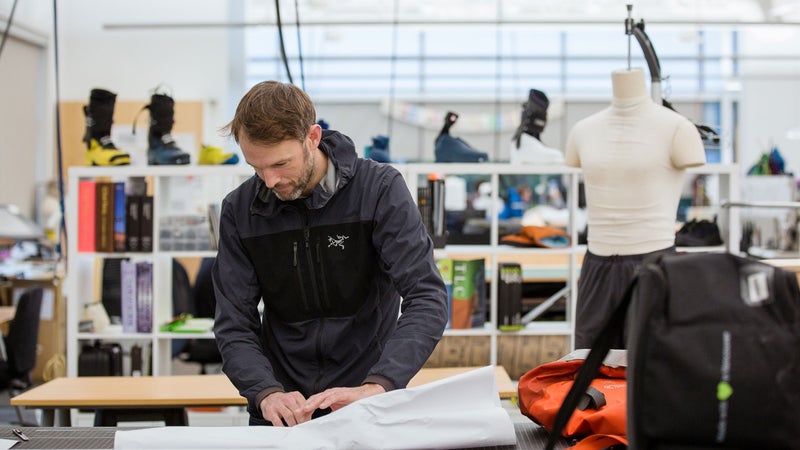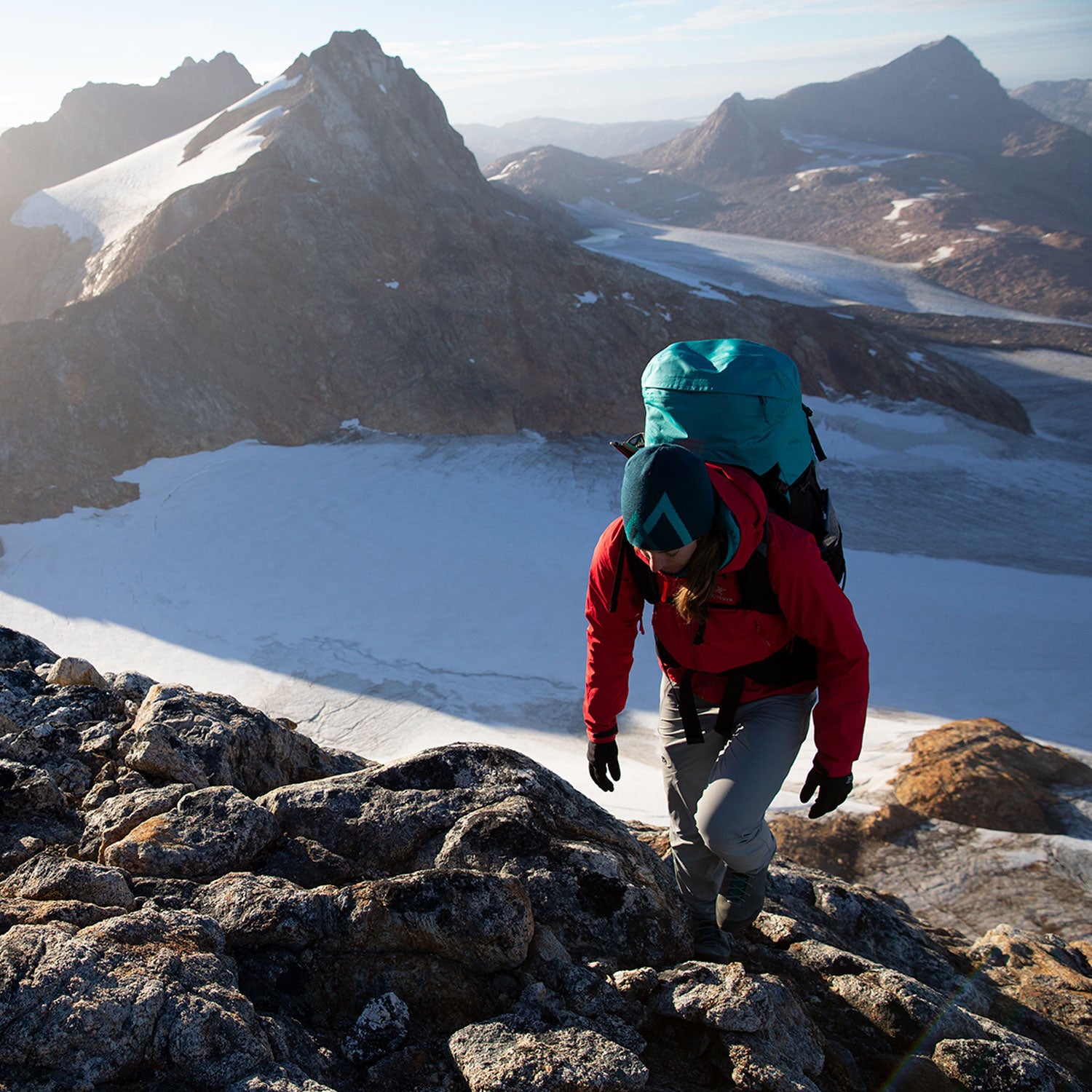is known for making apparel and gear that’s capable of standing up to the most trying conditions. Of course, most of the products it sells are never exposed to those worst-case scenarios. For one reason or another, many items get retired—or at least removed from the daily rotation—long before they wear out.
The issue with that, says Drummond Lawson, ������’t������’s sustainability director, is that the unutilized gear is a significant waste of natural resources. “We know from studies that 65 percent of the lifetime environmental impact of one of our products comes from the production of its raw materials and from its manufacture,” he says. “Our goal is to get the maximum value out of that ecological bill.”
The brand’s solution? Get that gear out of the storage bins and out into the mountains by setting up a buy-back and resale program. It’s good news for the planet, and for those of us who will finally be able to afford ������’t������’s top-shelf—but also top-priced—gear.
We are approaching sustainability as a call for innovation
Earlier this summer, ������’t������ launched its first-ever gear-recycling hub, called , where people can buy and sell used ������’t������ gear. Those with apparel, packs, and newer footwear to sell can do so at the Rock Solid portal (or at any Arc’teryx brand store in the U.S.) for a flat fee—20 percent of the original retail price for each item, paid in the form of an Arc’teryx gift card. The used gear will be washed and then resold at , keeping the gear where it belongs—in the field, and not the back of our closet—and thereby helping both Arc’teryx and its customers mitigate their environmental impacts.
Rock Solid is part of a , says Lawson. “We are approaching sustainability as a call for innovation—from product initiatives like adopting polymer-dyed yarn using drastically less water and energy, to operational efforts to drive energy efficiency on our sewing lines, to retail events where we teach customers how to increase garment life with proper care.”
The name of the used-gear portal is itself a form of recycling: Rock Solid was the brand’s original name in its first year of existence as a climbing harness maker in 1989, and it harks back to the brand’s original impetus to create better, longer-lasting gear. That baseline of durability is what makes the program possible, as does the company’s already robust gear repair program.

The other thing that makes Rock Solid feasible? The twenty-some “product wizards,” as Lawson calls them, in the company’s Vancouver headquarters whose job it is to replace blown zippers and broken buckles and puzzle out how to replace panels of fabric abraded against granite slabs. Each year, the team repairs around 7,000 pieces of ������’t������ gear, and every staffer has a favorite encounter with a piece of legacy ������’t������ gear that has circled back for repair. Like the eggplant-colored, circa 2000 Alpha one-piece ski suit Lawson spotted on a backcountry skier a few years ago. The man extended the one-piece’s life with repairs because he liked the way the suit kept him focused on his form. “To pull this off, you have to ski well,” he explained.
For items that no longer occupy that vaunted level of devotion, there’s now Rock Solid, where items will receive their own individual listing, including the item’s vintage and any repairs made. It’s a model Lawson jokingly refers to as “snowflake shopping, where every item is unique and beautiful in its own way.”
While ������’t������ products have a strong track record in vintage sales, and the repair program has been sewing away for decades, the Rock Solid program is the company’s most concerted effort to minimize waste and make the most of resources. “The mechanics of Rock Solid are grounded in the philosophy of the circular economy,” says Lawson. “The best case for ������’t������ is to prove that a viable business growth model doesn’t require as many virgin resources. That’s the biggest service that Rock Solid can provide.”
is a global design company specializing in technical high-performance apparel, outerwear, and equipment. The launch of introduces an ������’t������ gear repurposing hub, designed to lighten our footprint, and keep gear in play, in the wild, and out of storage, basements, or landfills.

